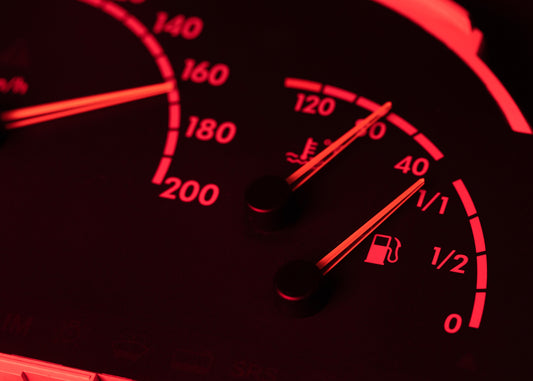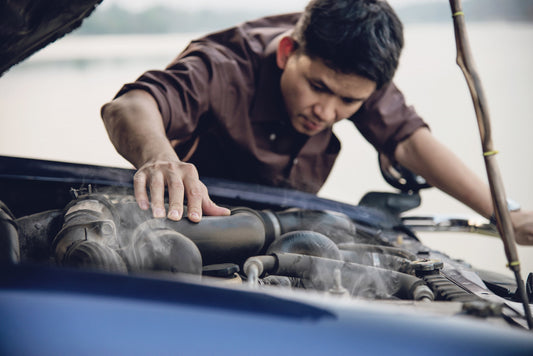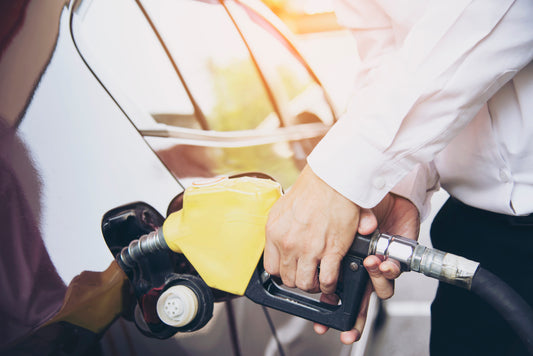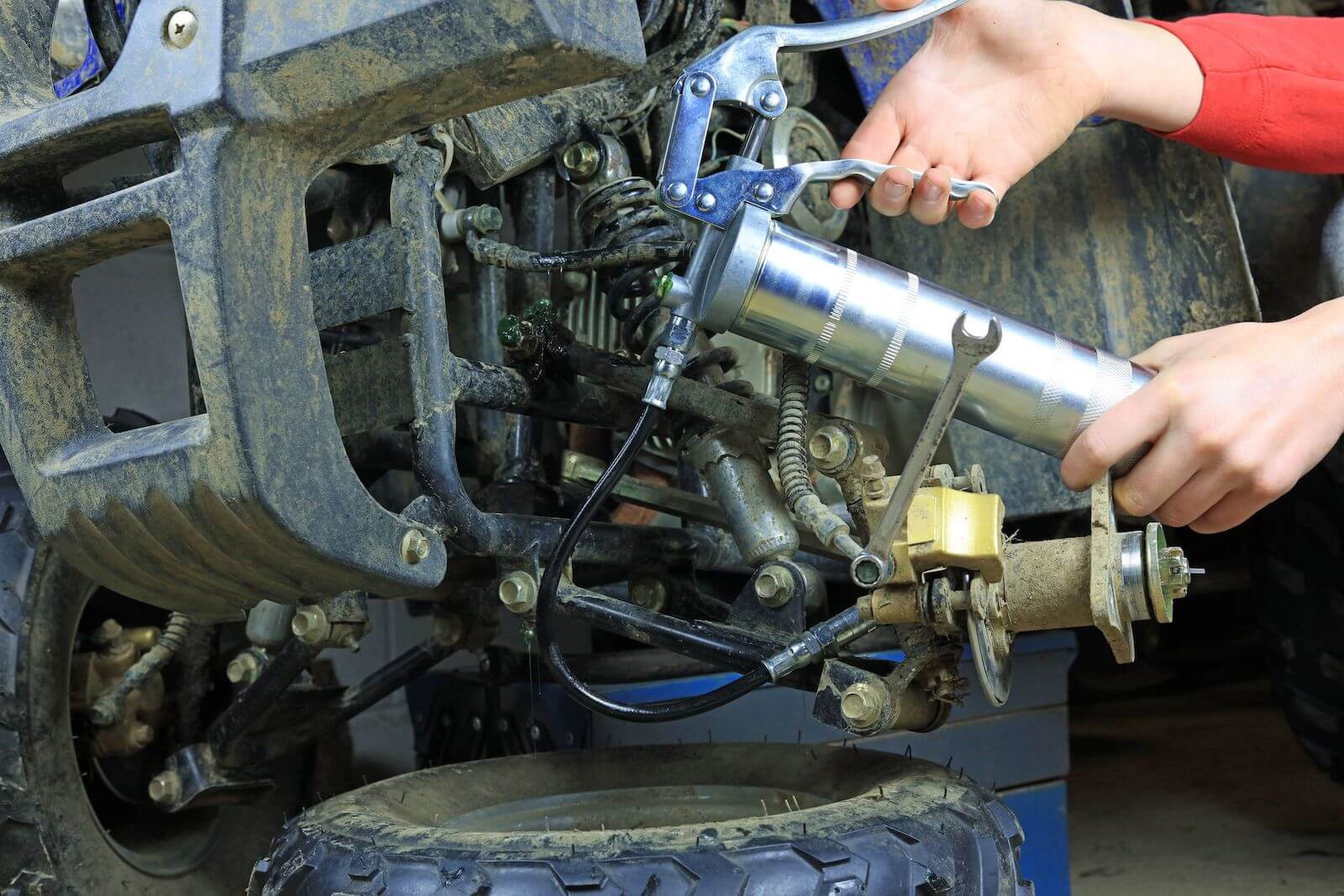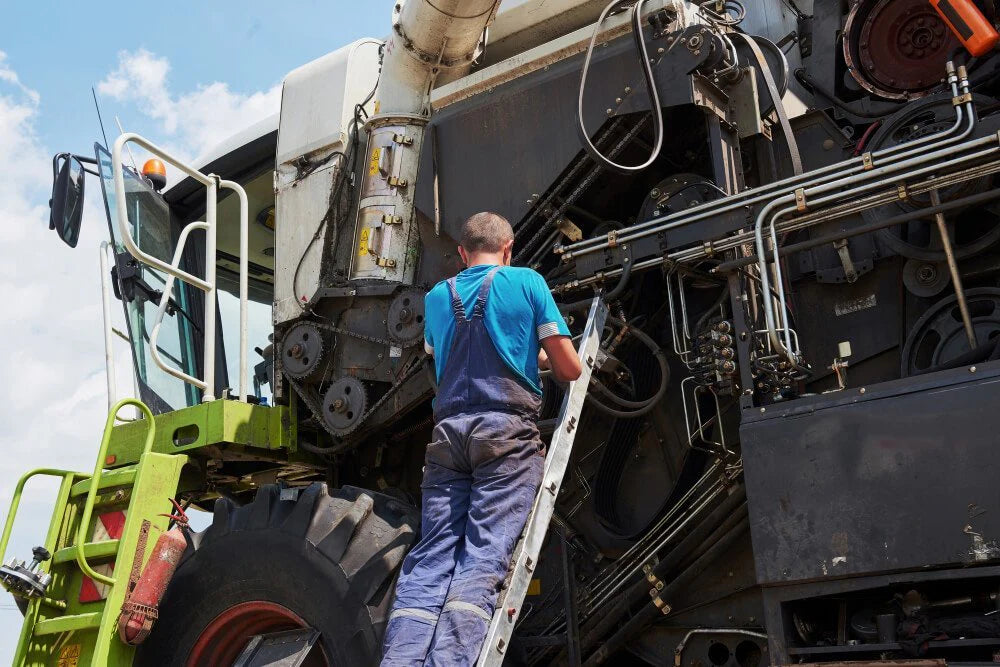Winter is a season of beauty and tranquility, but it can be anything but peaceful for boat owners who have not adequately prepared their vessels for the cold. Properly winterizing your boat prevents costly damages, enhances longevity, and ensures that your boat is ready to use when the next boating season comes around.
This guide aims to provide a comprehensive overview of boat winterization, with a special focus on the importance of greasing mechanical parts using lube shuttle and SeaGuard grease.
1. The Importance of Winterizing Your Boat
If you’re a boat owner who lives in a climate that experiences cold winters, failing to properly winterize your vessel can lead to a myriad of problems such as cracked engines, destroyed water systems, and even structural damage due to moisture and freezing temperatures. These repairs can cost thousands of dollars and can keep you off the water for an extended period.

2. Preparation Steps
The first thing you should do is create a winterizing checklist customized for your specific boat. While it’s essential to follow manufacturer guidelines, typical needs include antifreeze, marine-grade lubricants, a boat cover, and cleaning supplies. Arrange for a storage location, whether it’s a dry, elevated area or a specialized boat storage facility.
3. Draining and Treating Water Systems
Draining all the water systems in your boat, such as the bilge, fresh water system, and sewage, is critical to prevent freezing and subsequent damage. Once drained, treat these systems with non-toxic antifreeze to offer extra protection against residual moisture.
4. Deep Cleaning and Dehumidifying
Before storing your boat, give it a good deep clean, both inside and out. Remove any perishables and other items that can attract mold and pests. Consider placing dehumidifying agents or even a small electric dehumidifier inside the cabin to control moisture levels.

5. Fuel and Engine Care
A partially filled fuel tank can invite condensation, which can then lead to engine problems. Fill the tank fully and add a marine fuel stabilizer. Run the engine for about 15 minutes to circulate the stabilized fuel through the fuel lines and engine. Also, change the oil and oil filter to prevent acidic buildup that can corrode the engine.
6. Spotlight on Grease: Lube Shuttle and SeaGuard Grease
Arguably, one of the most overlooked aspects of winterization is the lubrication of mechanical components. This step is crucial in prolonging the life of parts that are consistently exposed to harsh marine conditions.
- Lube-Shuttle®’s grease gun system has revolutionized the way we apply grease. The cartridge simply screws into the gun, eliminating the mess commonly associated with traditional grease guns. It allows for more precise application, reducing waste and making the process quicker.
- SeaGuard Marine Grease is an excellent choice for winterizing your boat. It has anti-corrosion properties and is highly resistant to washouts, making it effective for long periods. Use SeaGuard grease to lubricate wheel bearings, propeller housings, winches, hinges, pulleys, and steering systems.
- How to Use Them Together: Simply load a cartridge of SeaGuard grease into your Lube Shuttle and proceed to apply it to all the mechanical parts requiring lubrication. This combo ensures that these components stay free from rust and corrosion throughout winter and the best part—you won’t get the grease on your clothes!
AirTec Grease: SG-145 SeaGuard Marine Grade Grease
AirTec’s SG-145 SeaGuard is a marine rated grease that is designed for the most extreme marine applications, this is the best marine grease in a Lube-Shuttle® tube.
shop now7. Electrical Systems and Electronics
Disconnect all electrical devices and remove batteries. Store them in a cool, dry place. Perform a thorough check of the electrical wiring for any signs of wear or damage, making necessary repairs or replacements.
8. Hull and Deck Care
Inspect the hull for any damage or needed repairs. It’s also a good time to apply a coat of wax to protect the paint and fiberglass. Check the deck and all the fittings to ensure they are secure and free of corrosion.
9. Cover and Proper Storage
Using a high-quality, breathable boat cover is crucial to protect your investment from the elements. If possible, store your boat indoors or, if you must store it outdoors, make sure it’s elevated to prevent water accumulation under it.

10. Final Pre-Winter Checklist
Before completing the winterization process, double-check that all the steps have been meticulously carried out. Reconfirm that water systems have been drained and treated, fuel and engine are stabilized, all moving parts are well-greased, especially with SeaGuard via Lube Shuttle, and electrical systems are properly disconnected and stored.
The winter months can be harsh, but with proper preparation, your boat will weather them unscathed. So when the spring sun finally melts away the winter freeze, your boat will be ready to sail smoothly into a new season of adventures.
This updated guide should now help you understand the complete process of winterizing your boat, and especially how crucial greasing with a lube shuttle system and SeaGuard grease is in that process. Take these steps seriously to ensure a hassle-free start to your next boating season.



